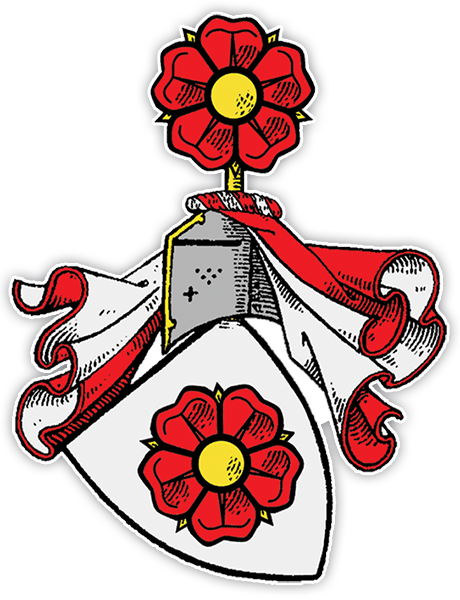|
Petr Vok Of Rožmberk
Peter Vok of Rosenberg (; 1 October 1539 – 6 November 1611) was a nobleman of the House of Rosenberg, descended from the Vítkovci. Rožmberk was a leading Protestant in the unsettled years before Battle of White Mountain. Life Peter Vok was born in Český Krumlov, the son of Jošt III of Rosenberg, then head of the house of Rožmberk, and his wife Anna of Rogendorf. Fourteen days after Peter's birth, his father died. Peter came under the guardianship of first his uncle Petr V of Rosenberg and later Albrecht of Gutnštejn, Oldřich Holický of Sternberg and Jeroným Schlick. He received his early education at home in the castle at Český Krumlov. Even as he reached adulthood, Peter lived in the shadow of his older brother William of Rosenberg, William. While William was a life-long Catholic, Peter sympathised with Utraquism and eventually joined the Moravian Church, Unity of the Brethren. William died in 1592, and Peter inherited the Rosenberg holdings. Aged forty, Peter mar ... [...More Info...] [...Related Items...] OR: [Wikipedia] [Google] [Baidu] |
House Of Rosenberg
The House of Rosenberg ( or ''Páni z Rožmberka'') was a prominent Bohemian noble family that played an important role in Czech medieval history from the 13th century until 1611. Members of this family held posts at the Prague royal (and later imperial) court, and were viewed as very powerful lords of the Kingdom of Bohemia. This branch of the Vítkovci clan was initially founded by Vítek III, the son of Witiko of Prčice. History Around 1250, the Vítkovci clan settled at the Rožmberk Castle in the region of Český Krumlov, then about 1253 erected the Český Krumlov Castle. The Český Krumlov Castle thus became the residence of the Lords of Rosenbergs for the next three hundred years. It was the Rosenbergs who influenced the appearance of southern Bohemia to a great extent. The coat of arms and emblem of this family was represented by a red five-petalled rose on a silver field, which is still often seen in a considerable part of southern Bohemia. Peter I of Rosen ... [...More Info...] [...Related Items...] OR: [Wikipedia] [Google] [Baidu] |
Moravian Church
The Moravian Church, or the Moravian Brethren ( or ), formally the (Latin: "Unity of the Brethren"), is one of the oldest Protestant denominations in Christianity, dating back to the Bohemian Reformation of the 15th century and the original Unity of the Brethren () founded in the Kingdom of Bohemia, sixty years before Martin Luther's Reformation. The church's heritage can be traced to 1457 and the Lands of the Bohemian Crown, which included Bohemia, Moravia, Silesia, and previously the Hussite movement against several practices and doctrines of the Catholic Church. Its name is derived from exiles who fled from Moravia to Saxony in 1722 to escape the Counter-Reformation, establishing the Christian community of Herrnhut. Hence, it is also known in German as the ("Unity of Brethren f Herrnhut). The modern has about one million members worldwide, continuing their tradition of missionary work, such as in the Americas and Africa, which is reflected in their broad g ... [...More Info...] [...Related Items...] OR: [Wikipedia] [Google] [Baidu] |
Nobility From Bohemia
Nobility is a social class found in many societies that have an aristocracy. It is normally appointed by and ranked immediately below royalty. Nobility has often been an estate of the realm with many exclusive functions and characteristics. The characteristics associated with nobility may constitute substantial advantages over or relative to non-nobles or simply formal functions (e.g., precedence), and vary by country and by era. Membership in the nobility, including rights and responsibilities, is typically hereditary and patrilineal. Membership in the nobility has historically been granted by a monarch or government, and acquisition of sufficient power, wealth, ownerships, or royal favour has occasionally enabled commoners to ascend into the nobility. There are often a variety of ranks within the noble class. Legal recognition of nobility has been much more common in monarchies, but nobility also existed in such regimes as the Dutch Republic (1581–1795), the Republic of Ge ... [...More Info...] [...Related Items...] OR: [Wikipedia] [Google] [Baidu] |


